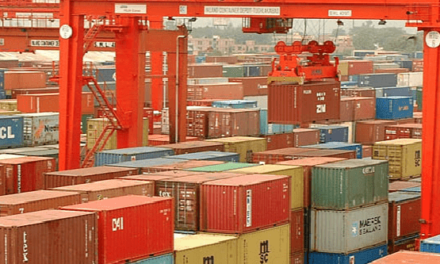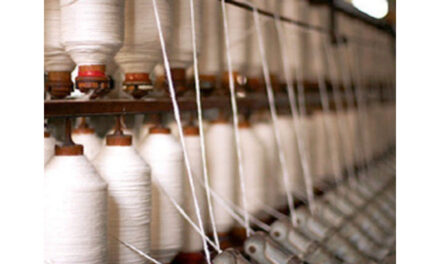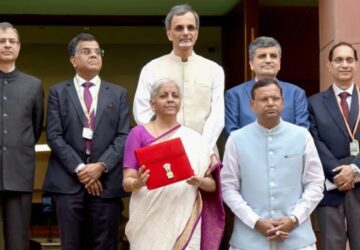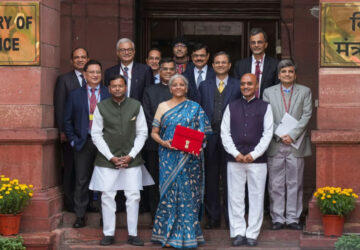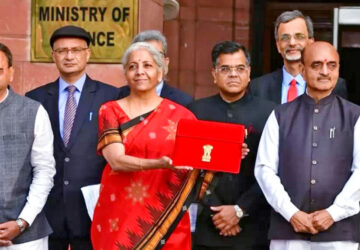
Garment exporters demand duty reimbursement to be retained at the pre-GST (Goods and Services Tax) drawback rate of 7.5 per cent. India’s apparel exports decline to 39 per cent in value terms in October. The production of import substitute bivoltine silk in the country expected to reach around 6,200 metric tonne the first mega international trade event for the textile sector inaugurated in Gandhinagar (Gujarat) on June 30. India Handmade Bazaar, an online portal to provide direct market access to artisans and weavers, launched in January. The Textiles Ministry notifies post-GST rates under the scheme for Remission of State Levies in November. The year 2018 may turn out to be a challenging year for India’s textile and garment industry, with exporters still reeling under the impact of GST and outward shipments likely to miss the $45 bn target for 2017-18. Garment exporters have been demanding that the duty reimbursement to them be retained at the pre-GST (Goods and Services Tax) drawback rate of 7.5 per cent, amid declining outbound shipments. India’s apparel exports declined 39 per cent in value terms in October.



